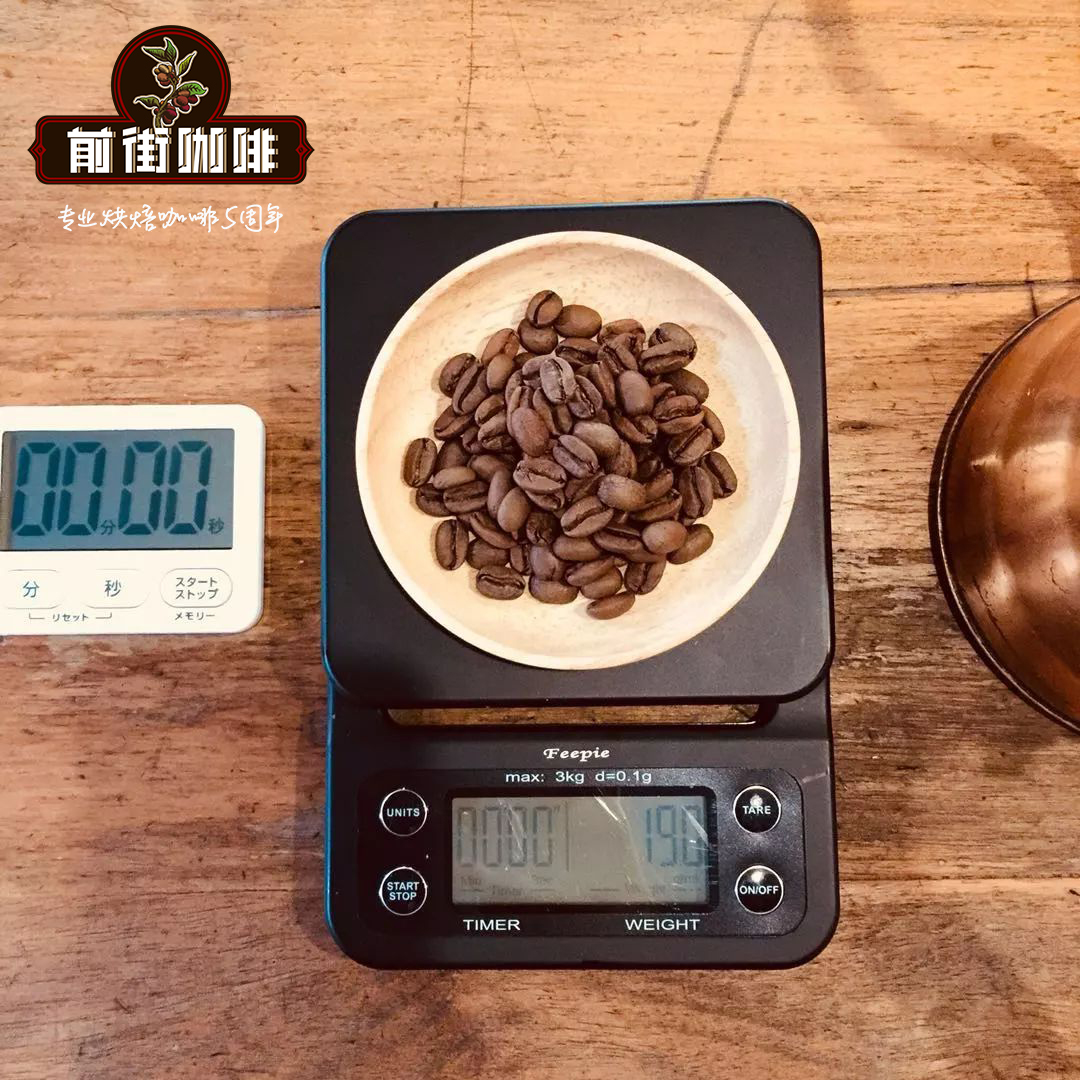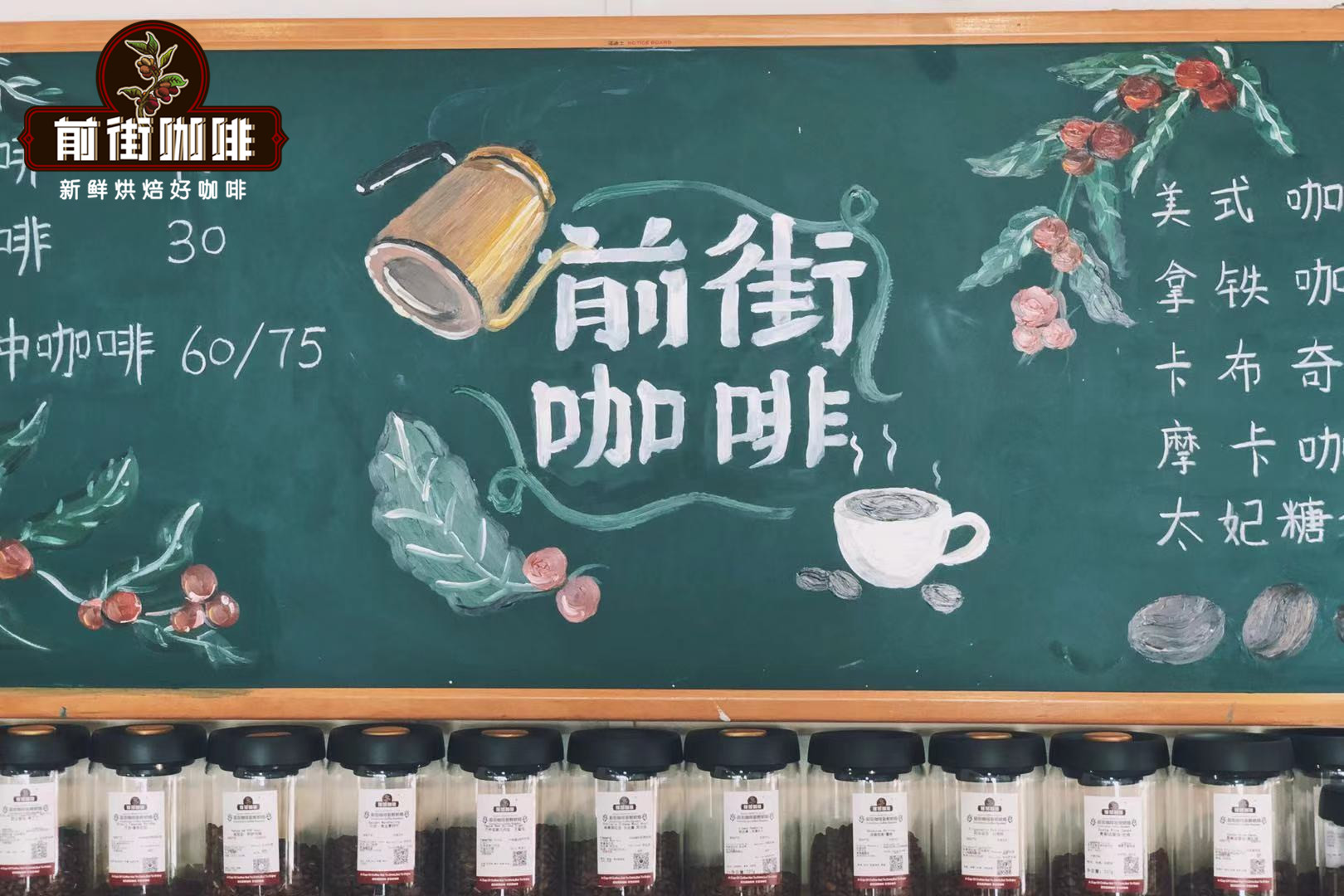Varieties of Coffee grown in Colombian Emerald Manor _ flavor characteristics of Colombian Emerald Coffee

Professional coffee knowledge exchange More coffee bean information Please pay attention to coffee workshop (Weixin Official Accounts cafe_style)
Colombia, located in the northwest of South America, is a beautiful country with a long history. Indians have lived on this land since ancient times. It became a Spanish colony in 1531 AD and gained independence in 1819. It was renamed in 1886 to commemorate Columbus, the discoverer of the American continent.
Colombia, beautiful mountains, beautiful scenery, pleasant climate, four seasons such as spring, fresh air. Colombia is rich in products, especially coffee, flowers, gold and emeralds known as the "four treasures." Today the country is the second largest coffee producer after Brazil, the world's largest exporter of Arabica coffee beans and the world's largest exporter of washed coffee beans.
Often described as having a silky texture, Colombia coffee has the best balance of all coffees. It tastes soft, silky, and ready to drink, and it has earned a reputation that no other coffee can match: "green gold."
Before the 1990s, Colombia became synonymous with drug lords because of political instability and drug cultivation. Especially after Hollywood movies, it seems that Colombia is in the same position as the Golden Triangle of Southeast Asia.
In fact, during the Great Colombia era, half of South America belonged to Colombia rule, and its culture and history were closely related to coffee.
01 |History of coffee cultivation in Colombia
The history of coffee cultivation in Colombia can be traced back to the Spanish colonial era in the sixteenth century. There are also many sayings about the history of coffee in Colombia:
One: it is said to have come from Haiti in the Caribbean via El Salvador in Central America.
Second: Coffee beans were first introduced into Colombia in 1808 by a priest from the French Antilles via Venezuela. One of them is that the first coffee seeds from Colombia came from Venezuela through the province of Santander.
Third: The earliest record of coffee cultivation in Colombia appears in a book by Spanish missionary Jose Gumilla entitled "The Illustrated Orinoca." He describes his travels on both sides of the Meta River in 1730, mentioning coffee plantations there. By 1787, other missionaries had spread coffee to other parts of Colombia.
02 |Main coffee varieties
As we all know, the two main varieties of coffee, Arabica and Robusta, have always been incompatible with each other, just like two different religious races. Colombia coffee varieties to Arabica Caturra (Kadura), Bourbon (Bourbon), Catuai (Kaduai), typica (iron pickup), Columbia (Colombia) and other Arabica coffee mainly, there are also a small number of areas planted with other varieties.
These Colombia coffee plants are usually small trees, often pruned to a man-height for easy manual picking. Coffee flowers bloom season, several cymes clustered in leaf axils, each inflorescence has 2-5 flowers, no peduncle or very short peduncle; open coffee flowers aromatic, very like jasmine or gardenia, normal varieties of coffee fruit oval, red pericarp. A few varieties bear yellow fruit after mutation under certain conditions, and then become some branch varieties after seed selection. Yellow Bourbon, Pink Bourbon, etc.
It is worth mentioning that the Columbia (Colombia) variety here is actually Catimo(Catim) rejected by many people in the coffee industry. Because of its high yield and strong disease resistance, it has gradually become the main force of Colombia coffee in recent years.
A lot of accident first coffee people, often overemphasize coffee varieties, this is actually unscientific. The flavor of a cup of coffee is based on the coffee beans themselves. The coffee beans themselves, not only a variety of elements, their growth environment and processing methods, will also affect the final taste of coffee into the cup.
03 |Coffee growing environment
Colombia's favourable climate provides coffee with a true Eden. Coffee trees in Colombia are mainly cultivated on steep slopes of about 1300 meters above sea level in the Andes mountains of 1 °-11 ° 15 North latitude and 72 ° -78 ° West longitude, where the annual average temperature is about 18℃, the annual rainfall is 2000 to 3000 mm, and the specific altitude range can exceed 2000 meters. These characteristics are a natural combination. The Colombia Coffee Growers Association scientifically guides coffee farmers to plant, pick and treat. Made the best quality Colombia coffee.
In Colombia, coffee is cultivated on 1.07 million hectares, there are about 302,000 coffee plantations in the country, and 30 to 40 per cent of the rural population depends directly on coffee production. Although Colombia has many farms, they are not large. Each farm has an area of only about 2 hectares, and more than 80% of coffee plantations have only about 5000 coffee trees, with an average of 3000. Locals plant tall mango trees, banana trees, or other broad-crowned trees around coffee trees, and even put up shade pergolas during the seedling stage to ensure the cool and humid environment coffee needs to grow. In the coffee growing area of Colombia, due to the high humidity and small temperature difference in the coffee forest, the coffee beans mature slowly, which is conducive to the accumulation of caffeine and aromatic substances.
Coffee fruit ripening season, coffee farmers led mules up the mountain hand-picked coffee beans fruit (also known as coffee cherries), picked fruit for manual screening, fine selection, pick the most mature and plump fruit. Most Colombia coffee beans are washed, and after a medium roast, they have a light, silky taste, sometimes with a hint of green apple acidity. Therefore, the image of Uncle Juan, a coffee farmer, holding a mule to pull coffee fruits has become the image promoted by Colombia.
04 |Quality and grade
Colombia coffee is the first to be produced in Medellin, both in terms of yield and texture. It is characterized by full coffee beans, rich nutrition, moderate acidity, good balance, rich aroma and soft and smooth taste. In addition to Medellin, Armenia and Manizales, the capital cities of two neighboring provinces in the south, are also famous coffee producers.
Colombia beans with SUPERMO as the highest grade, followed by EXCELSO; but 18 mesh beans above the special grade coffee, can be included in the selection coffee. At present, many small farm micro-batches of coffee appear on the market, which are carefully processed and have low yield. In addition, they will organize to participate in the bean evaluation competition organized by the Colombia Coffee Growers Association every year, thus obtaining high market value. Like Pink Girls, like Mercedes Manor Kadura.
05 |flavor characteristics
Coffee in the world can be divided into two categories according to flavor: one is "hard" coffee represented by Brazil, which is mellow and strong; the other is "soft" coffee represented by Colombia, which is light and elegant.
Each caffeine variety, origin, processing method is different, and has its own strong flavor characteristics. Just like a person's character, masculine strong Mantenin has a character that resembles a man of steel; mellow and fragrant Blue Mountain Coffee is a gentle and pure woman. Colombia coffee, however, is most suitable for those who are casual and like light. Although it is not necessary to drink coffee as a formal religion, looking for profound philosophy of life between sour, sweet and bitter, it can also obtain rich sensory experience and inner peace and satisfaction after simply drinking a cup of coffee with temperature. Colombia coffee silky smooth taste, clear quality acid, acid first and then sweet, bitter light fragrance for a long time, rich and thick, it is endless aftertaste, instant people feel sweet and temperature of life
06 |Export Administration
Colombia coffee trade export management, mainly under the responsibility of the Colombia Coffee Growers Association. It is an unofficial trade organization with several government ministers serving on its membership. Colombia's law clearly stipulates that only private businessmen with a license from the association can export coffee, in order to maintain the image of Colombia coffee in the world and ensure that the government obtains stable financial revenue from the coffee trade.
At present, the association actively promotes Colombia coffee products and cultural image in Greater China. Its representative office is located in Shanghai. The person in charge is Mr. Wu Jiahang, a Chinese guy who has lived in Colombia for a long time.
07 |coffee culture
Football, coffee and beautiful women are probably the things Colombia people like to talk about most. Many people in coffee-producing countries in the world do not drink coffee very much. Colombia is an exception. In cities such as Bogota, drinking coffee is a daily part of local leisure life, and the streets are full of cafes, full of customers from morning to night.
At Andicchio University, every office has a small card that says "Coffee Break" and is likely to be hung at the door if the owner is out for a while. This reason seems to be justified, even for executives on duty. At any restaurant in Medellin, coffee is the free drink served to customers after dinner.
Coffee is so deeply rooted in Colombia that coffee is an indispensable writing material in many works of Nobel Prize winner and famous Colombia writer Garcia Marquez. Almost every chapter of "One Hundred Years of Solitude" for which he won the Nobel Prize for Literature has a description of coffee. And in The Colonel Who Has No Letter To Him, García Marquez's supposedly favorite novel, he portrays an impoverished retired officer whose embarrassment is felt right from the start: "The colonel opens the coffee-box and finds that there is only a spoonful of coffee left."
In the era when Starbucks was popular all over the world, coffee carried a strong export of American culture, while it was said that there was no Starbucks in the Spanish-speaking countries south of Mexico. However,"JUAN VALDEZ" and the extremely eye-catching mule carrying coffee logo of the Colombia coffee brand chain almost throughout South America's large and medium-sized cities.
END
Important Notice :
前街咖啡 FrontStreet Coffee has moved to new addredd:
FrontStreet Coffee Address: 315,Donghua East Road,GuangZhou
Tel:020 38364473
- Prev

Coffee hand-brewing parameters of El Ranch Blue Bridge Manor in San Agustin San Austin, Colombia
Professional coffee knowledge exchange more coffee bean information please follow the coffee workshop (Wechat official account cafe_style) about Colombian coffee growing areas and harvest season Colombian coffee cultivation is distributed along the Andes Mountains, from south to north, roughly divided into northern producing areas (green), central producing areas (orange, purple) and southern producing areas (yellow), in which orange
- Next

Emerald Manor rose summer red label green label blue label coffee bean flavor characteristics rose summer green label red label what is the meaning
[Emerald Manor Green Standard Rose Summer] Country: Panama Production area: Bouquete Manor: Emerald Manor Elevation: 1600 m-1800 m Treatment method: Traditional sun variety: Rose summer species Geisha Season: 2018 Panama Emerald Manor (PanamaLaEs)
Related
- Detailed explanation of Jadeite planting Land in Panamanian Jadeite Manor introduction to the grading system of Jadeite competitive bidding, Red bid, Green bid and Rose Summer
- Story of Coffee planting in Brenka region of Costa Rica Stonehenge Manor anaerobic heavy honey treatment of flavor mouth
- What's on the barrel of Blue Mountain Coffee beans?
- Can American coffee also pull flowers? How to use hot American style to pull out a good-looking pattern?
- Can you make a cold extract with coffee beans? What is the right proportion for cold-extracted coffee formula?
- Indonesian PWN Gold Mandrine Coffee Origin Features Flavor How to Chong? Mandolin coffee is American.
- A brief introduction to the flavor characteristics of Brazilian yellow bourbon coffee beans
- What is the effect of different water quality on the flavor of cold-extracted coffee? What kind of water is best for brewing coffee?
- Why do you think of Rose Summer whenever you mention Panamanian coffee?
- Introduction to the characteristics of authentic blue mountain coffee bean producing areas? What is the CIB Coffee Authority in Jamaica?

